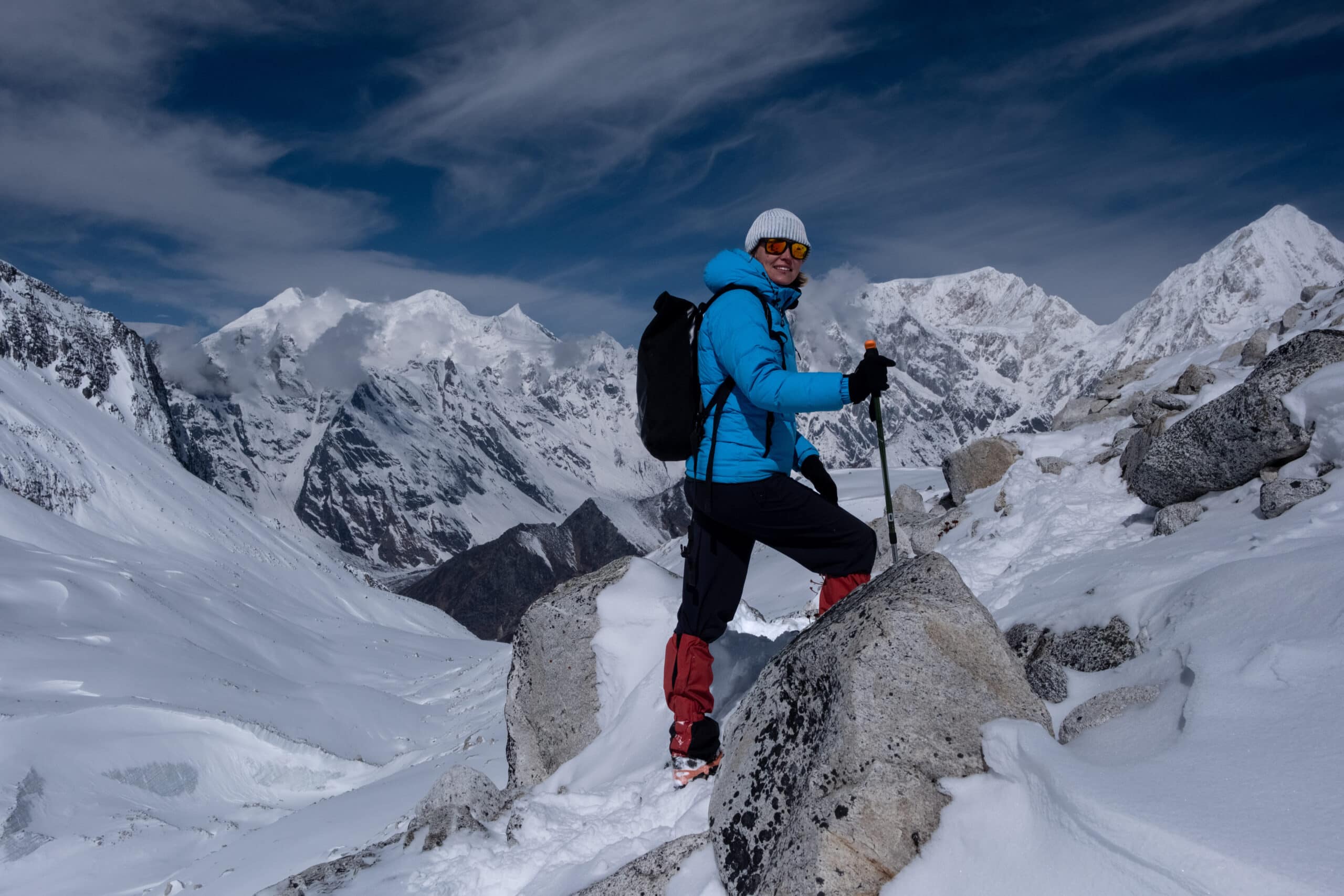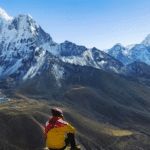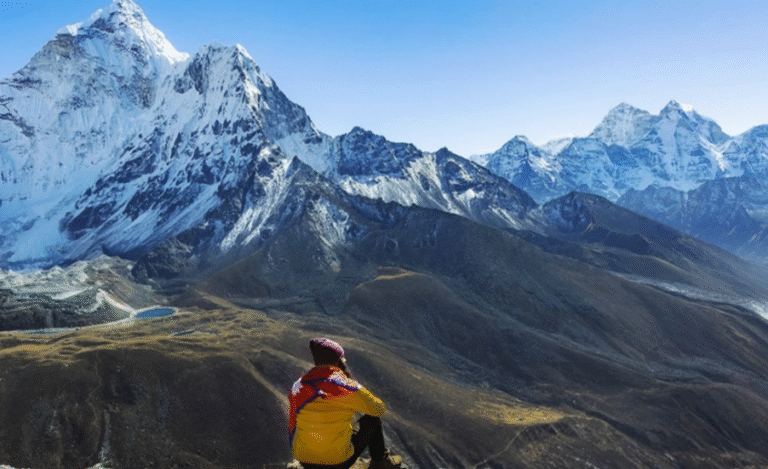
Staying well hydrated while on the very demanding and remote Manaslu Circuit Trek, Nepal, is vital to your overall health, safety, and great enjoyment of the trek. There are several risk factors to encounter while hiking in high altitudes: It is common for someone to experience dehydration when living in a dry air mountain climate, as this can quickly lead to a worsening or exacerbation of symptoms of Altitude sickness, according to the Web. In addition, you become more tired and less active out on the trail. Whether you’re tackling the Full Circuit, or aiming for Manaslu Base Camp or a condensed variation, deciding on the right hydration plan could make all the difference.
Why Hydration topics
At elevations frequently over 4000 meters, the respiratory and sweat systems strip water from the body. Without sufficient consumption, headaches and fatigue can subdue hikers, as can dizziness. The climbs, like challenging the Larke l. a. bypass, drain extra hydration. Maintaining hydration is consequently vital for trekkers’ well-being at such heights.
Figuring out your day-to-day desires
The standard guiding principle for Himalayan trekking recommends three to 4 liters daily, even though needs range individually. More disturbing Manaslu Circuit days require improved consumption to keep away from dehydration. Taking note of your body and drinking preemptively, now not just while thirst strikes, is first-rate help for hydration here inside the mountains.
Electrolyte Replenishment is also key.
Water on my own won’t suffice; sweat depletes electrolytes, too. Many hikers carry powders or capsules s fill up electrolytes misplaced, especially on longer or more strenuous trails, improving hydration and comfort in the dry air.
Having access to safe ingesting Water at the Manaslu Circuit
Having access to potable water sources throughout the Manaslu Circuit Trek trail calls for vigilance, as streams and springs may appear pristine but should harbor harmful microbes. Most resorts provide boiled or filtered H2O for a nominal rate, constituting the most secure option, albeit sometimes highly-priced or confined. Several trekkers choose to sanitize resources independently using portable filtration structures, UV gadgets, or chemical disinfectants, allowing autonomy at the same time as decreasing costs.
Suggestions for carrying Water on the Trek
sporting ok hydration up and down the prolonged stages, wherein villages may also lie several strenuous hours aside, poses a dilemma resolvable via hydration packs or multiple bottles. Taking off every day with a full field, refilling at every opportunity, guarantees that by no means you will not traverse parched. All through steep ascents toward the bottom Camp region’s excessive elevations or the Larke La crossing, sipping periodically outweighs deep draughts intermittently.
Balancing Hydration with nutrients
Correlating fluid intake and nourishment prove important at this altitude. Indulging in salty snacks or meals encourages water retention and electrolyte stability. Many motels offer broths supplying rehydration and vitamins. Extra coffee or alcohol consumption, conversely, exacerbates dehydration, so it is smart to want herbal teas or plain water constantly throughout the circuit.
Handling Hydration in Variable Situations
Even on cooler days or at loftier elevations, your frame can come to be parched unexpectedly, despite viable lack of thirst. The dry mountain air dries moisture from pores and skin and breathes more rapidly. Layering clothing and protective lips and skin with balm limits fluid loss.
Keeping water vessels insulated or the usage of thermos designs prevents freezing overnight, especially at high passes like Larke, Los Angeles.
The Position of Hydration in Altitude Acclimatization
The dry, cooler conditions sap moisture from within if care isn’t always taken. Clean fluids must continuously top off what is misplaced.
One essential project at the Manaslu Circuit route entails acclimating lungs and the heart to rarefied air. Right hydration aids the frame’s slow adjustment and reduces the risk of acute sickness. Consuming satisfies the blood quantity’s desires and eases oxygen delivery, pivotal as elevation surpasses 5,000 meters.
Value concerns for Hydration on the Trek
mixed with a sluggish itinerary on Manaslu Circuit, rest intervals, and vigilance for signs, sustained hydration fosters a more secure, greater enjoyable trek.
While water is low-priced, boiled or filtered substances at lodges are priced, especially on prolonged treks. Carrying a personal filtration system lessens daily spending and the environmental impact of bottled water. Factoring these costs helps with accurate budgeting for the full Manaslu Circuit trek. Ensure packing sufficient boxes and filtration for water before beginning your Nepal trek.
In conclusion,
Efficiently handling hydration on the Manaslu Circuit trek in Nepal is important to enjoying dazzling perspectives and finishing accurately. To fully soak in the striking vistas unveiled around each corner of this storied hiking circuit, one must be certain to stay replenished with lots of water. Most effectively through keeping hydrated, one can expect to take in every breathtaking detail of what is widely regarded as one of Nepal’s maximum extraordinary trekking routes.








+ There are no comments
Add yours